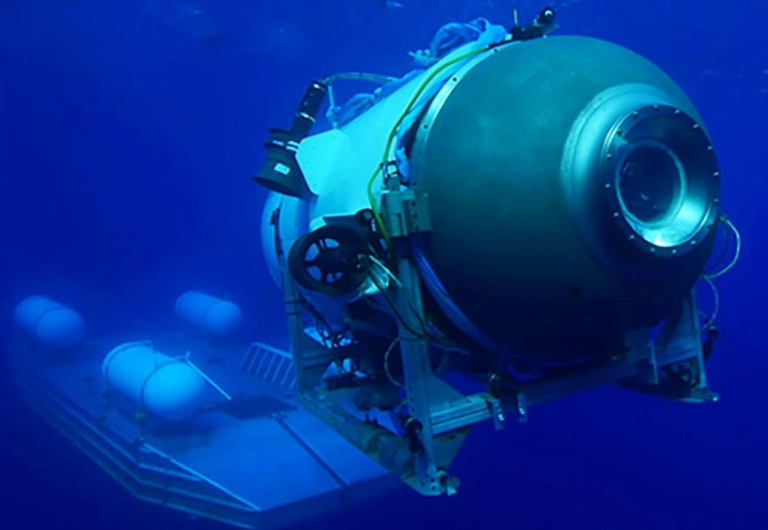Year end sees renewed efforts to protect the oceans

An undated image courtesy of OceanGate Expeditions, shows their Titan submersible launching from a platform – Copyright AFP PIUS UTOMI EKPEI
To create new marine protected areas and to showcase new conservation research three major meetings are taking place as we move towards the end of 2024. These events have been highlighted by National Geographic Society’s Pristine Seas campaign.
COP16 (October 21-November 1, 2024)
At COP16 new research was presented. The discussions at the biodiversity summit taking place in Cali, Colombia focused on progress towards achieving the global goal to protect 30 percent of land and sea by the end of 2030.
New forthcoming peer-reviewed research in pre-print reveals that the world needs more than 190,000 new marine protected areas (MPAs) to achieve the 30×30 target for the ocean.
Kevin Chand, Sr. Director, Pacific Ocean Policy, National Geographic Pristine Seas says in a statement provided to Digital Journal: “Indigenous peoples and local communities (IPLCs) and governments play an important role in this process. The key to effective conservation is not just protecting any 30%—we need to protect the right areas to achieve the biodiversity, climate and food security benefits of ocean protection.”
Also at the conference, Portugal joined Uruguay and Dominica in establishing the newest marine protected areas. The regional Azores government voted to establish the largest protected area in the North Atlantic.
Commonwealth Heads of State Meeting (CHOGM, October 21-October 26, 2024)
At the close of CHOGM on October 26, Commonwealth countries adopted the historic Apia Commonwealth Declaration for One Resilient Common Future, which calls on member states to protect and restore the ocean across a range of key conservation areas, including protecting 30 percent of the ocean by 2030.
COP29 (November 11-22, 2024)
Set to take place in a landlocked country, Azerbaijan, COP29 is likely to overlook the ocean’s role as the planet’s largest carbon sink–and, increasingly, a carbon source. A study released earlier this year in Marine Policy revealed that a damaging fishing practice, bottom trawling, releases 370 million metric tons of carbon dioxide into the atmosphere every year. It also acidifies the ocean, impearling marine life.
To provide supporting data, the Pristine Seas’ team is in year two of a five-year expedition aboard a specially-outfitted research vessel, the Argo, to support national and local efforts to protect marine areas. Pristine Seas works with Indigenous and local communities, governments, and other partners to help protect vital places in the ocean.
Year end sees renewed efforts to protect the oceans
#Year #sees #renewed #efforts #protect #oceans





